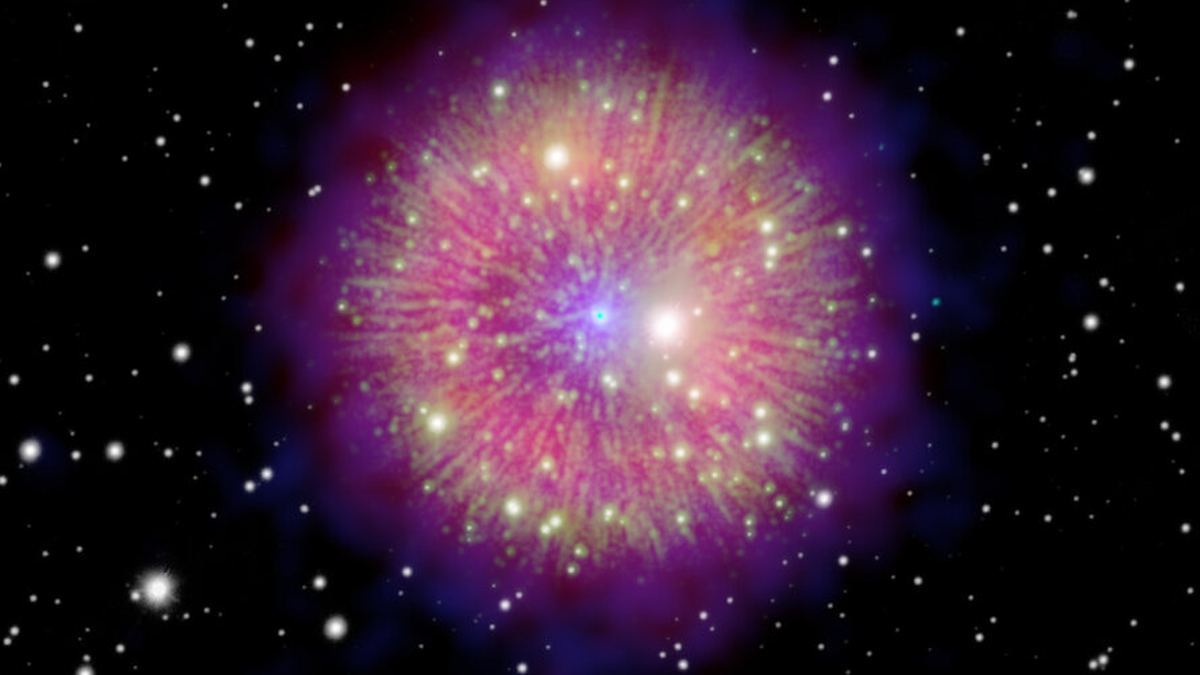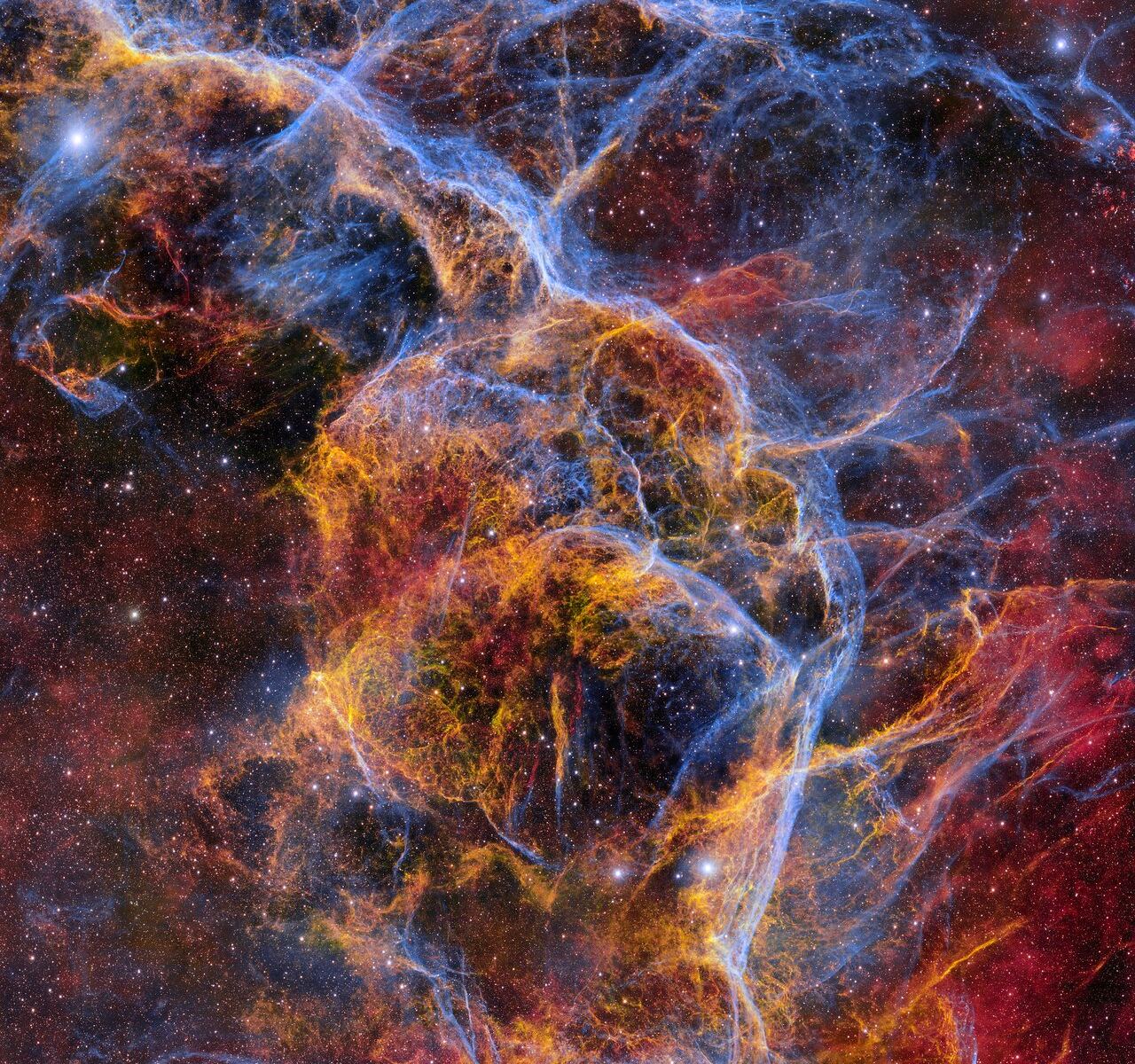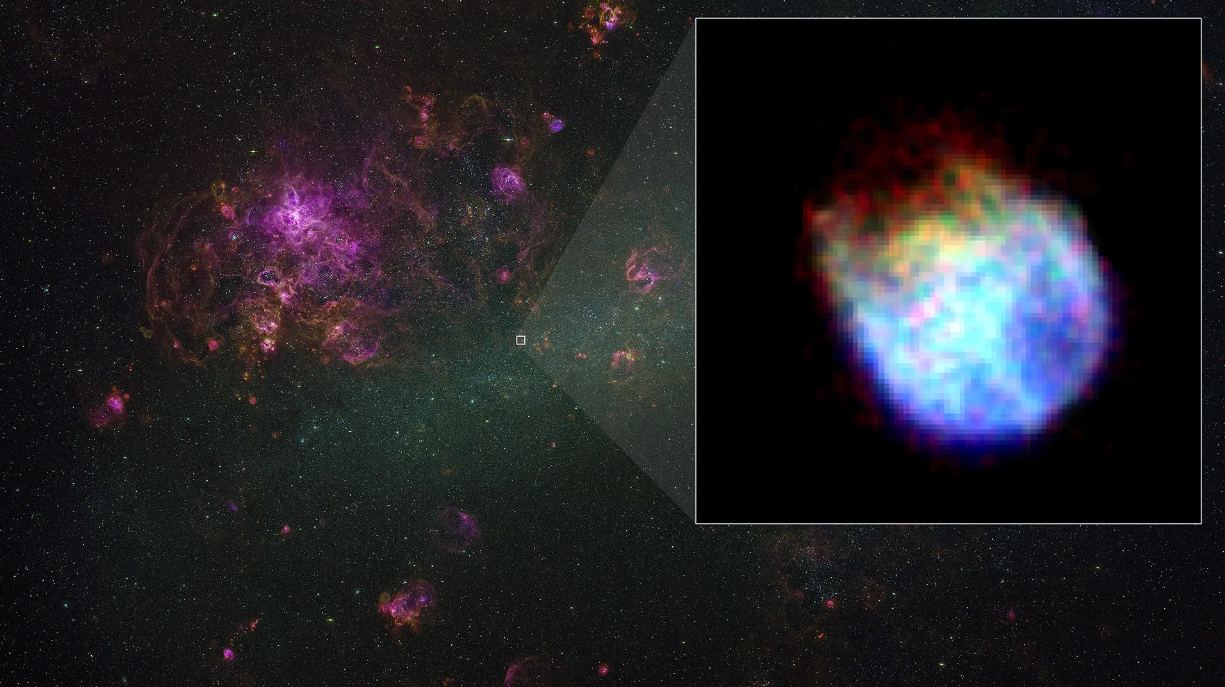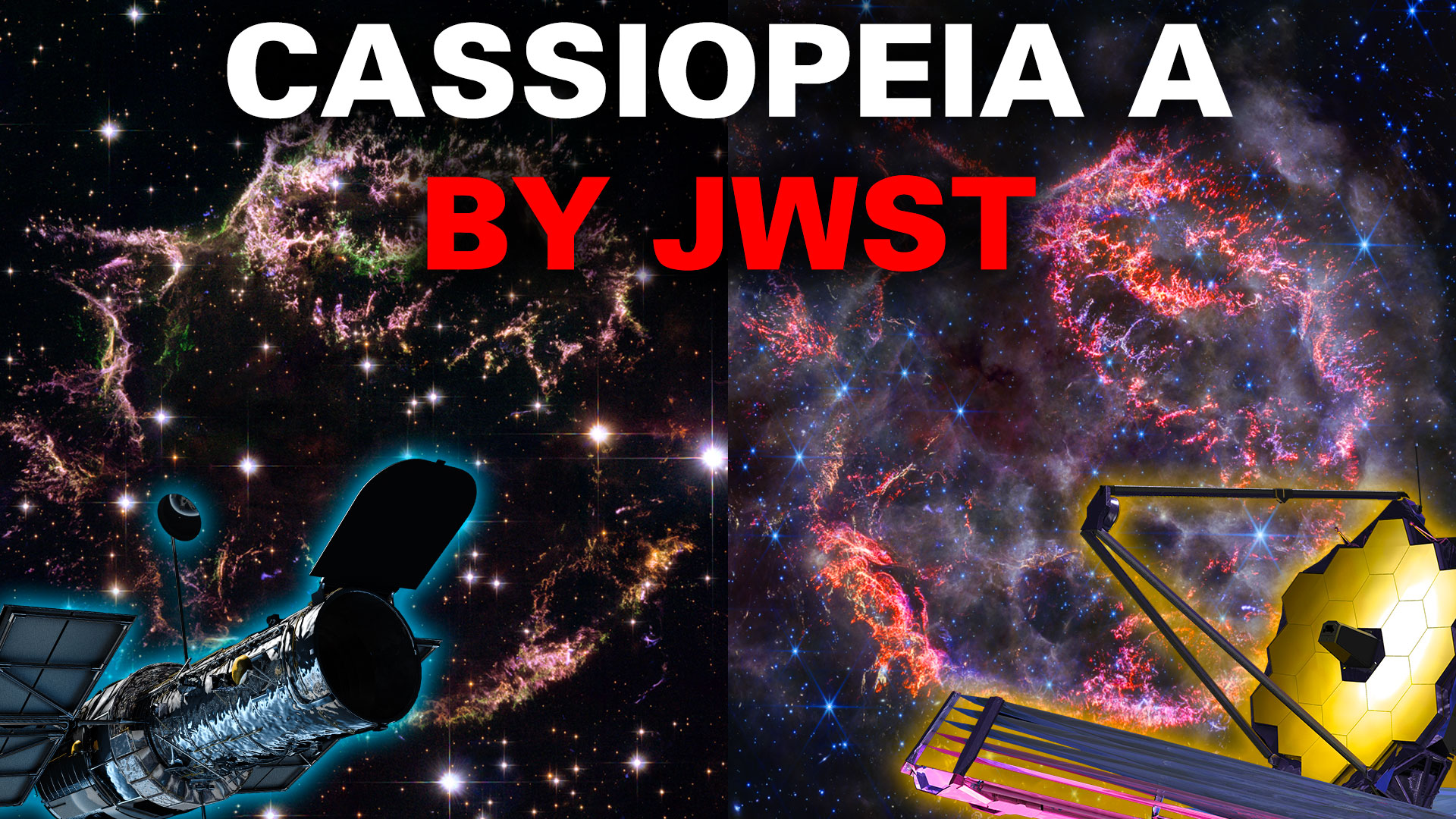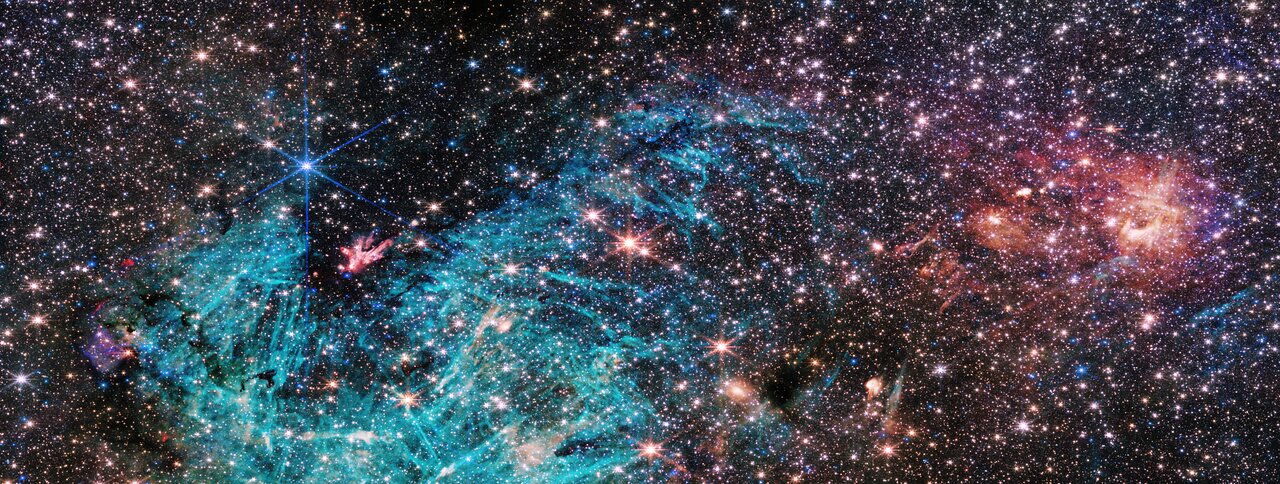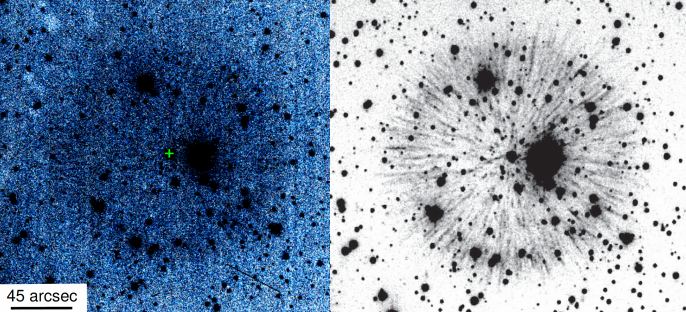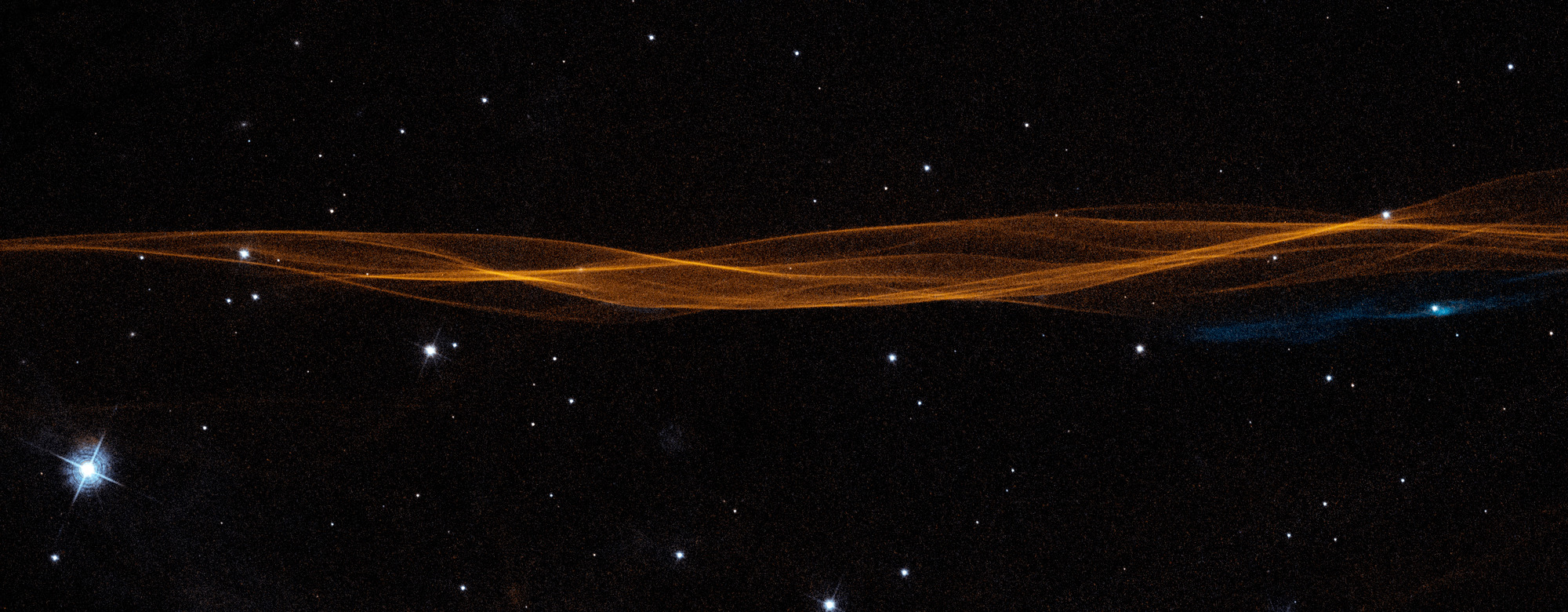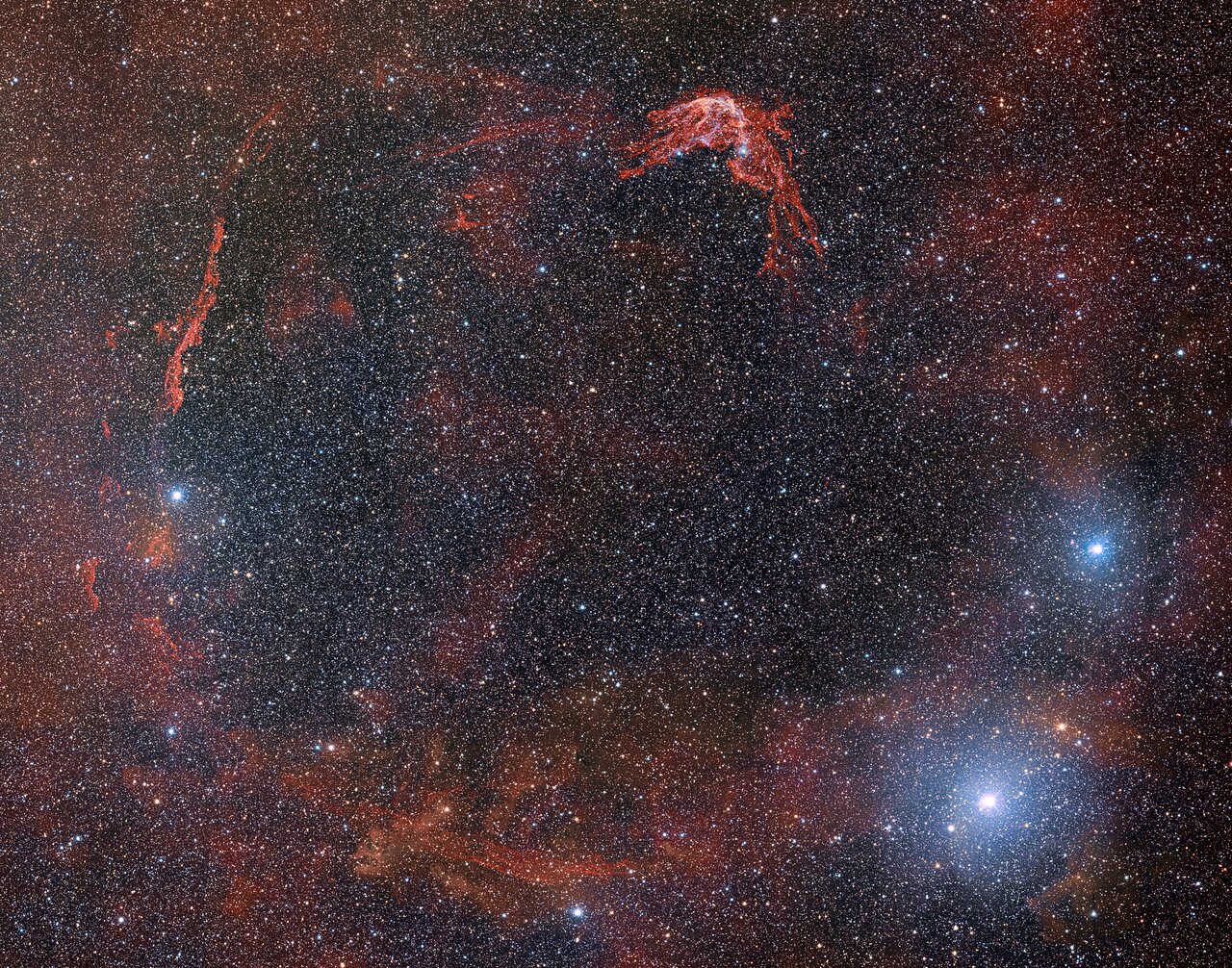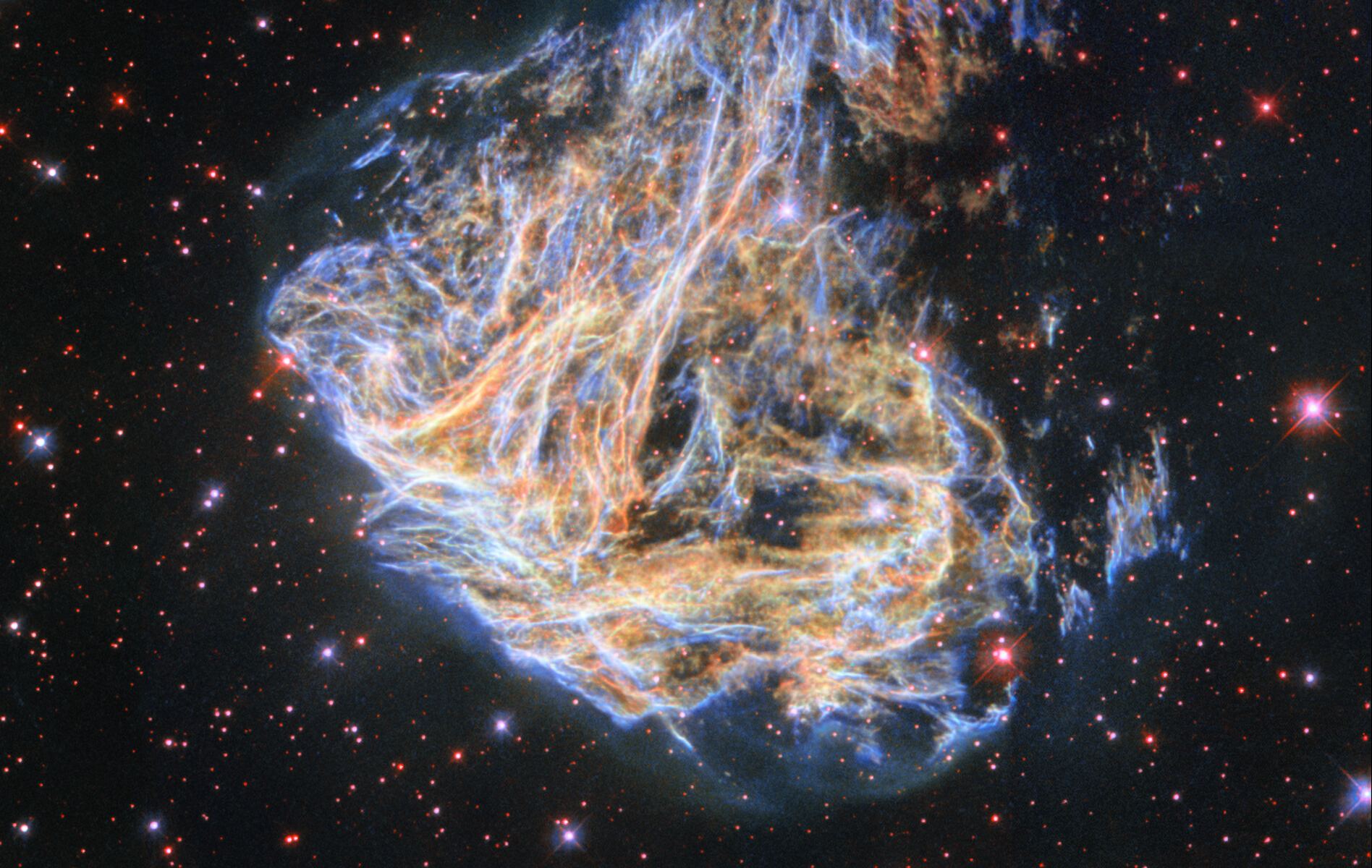Historical astronomical records from China and Japan recorded a supernova explosion in the year 1181. It was in the constellation Cassiopeia and it shone as bright as the star Vega for 185 days. Modern astronomers took their cue from their long-gone counterparts and have been searching for its remnant.
But it took them time to find it because they were looking for the wrong thing.
Continue reading “This Supernova Lit Up the Sky in 1181. Here’s What it Looks Like Now”
